Three-toothed Cinquefoil
- October 19, 2023
- 0 comment
Three-toothed Cinquefoil, scientifically known as Potentilla tridentata, is a captivating and diminutive perennial herbaceous plant that belongs to the rose family, Rosaceae. This native North American species can be found in a variety of habitats, ranging from alpine meadows and rocky slopes to woodlands, often thriving in high-altitude environments. Its common name is derived from its trifoliate leaves, each adorned with three serrated leaflets, giving the appearance of three tiny teeth.
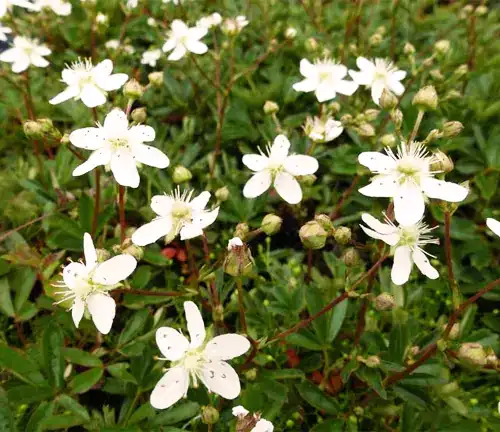
Typically reaching heights of 10 to 30 centimeters, it forms delicate, lush mats of bright green foliage. The plant produces small, solitary flowers, usually white to pale pink in color, with cheerful yellow centers, adding an understated yet elegant beauty to its natural surroundings. Beyond its aesthetic charm, Three-toothed Cinquefoil plays a vital ecological role by providing habitat and sustenance for various pollinators and wildlife, contributing to the delicate balance of these ecosystems. Its ability to thrive in the harsh conditions of alpine environments makes it a fascinating subject for botanists and nature enthusiasts, who admire its resilience and the unspoken beauty it brings to the wild.
| Characteristics | Description |
| Scientific Name | Potentilla tridentata |
| Common Name | Three-toothed Cinquefoil |
| Family | Rosaceae |
| Plant Type | Perennial herbaceous plant |
| Habitat | Alpine meadows, rocky slopes, woodlands |
| Height | 10-30 cm |
| Leaves | Trifoliate with three serrated leaflets |
| Flowers | Small, solitary, white to pale pink with yellow centers |
| Native Range | North America |
| Ecosystem Role | Provides habitat and sustenance for pollinators and wildlife |
| Ecological Significance | Thrives in high-altitude environments |
| Aesthetic Value | Delicate and elegant appearance |
| Conservation Status | Varied, depending on the region |
| Research Interest | Attracts botanists and nature enthusiasts for its adaptability in harsh alpine conditions. |
Botanical Beauty of Three-toothed Cinquefoil (Potentilla tridentata)
Hidden within the serene landscapes of North America lies the captivating Three-toothed Cinquefoil, scientifically known as Potentilla tridentata. This diminutive perennial herbaceous plant, a member of the rose family Rosaceae, is a testament to nature’s artistry. Its common name, “Three-toothed,” is a nod to the distinctive trifoliate leaves, adorned with three serrated leaflets that resemble tiny teeth. Embracing heights of 10 to 30 centimeters, it forms lush, emerald mats of foliage that effortlessly grace alpine meadows, rocky slopes, and woodlands. Delicate yet resplendent, this plant bears small, solitary flowers, often white to pale pink with sunny yellow centers, adding an unassuming elegance to its natural surroundings. Beyond its aesthetic charm, the Three-toothed Cinquefoil unfolds as an ecological treasure.
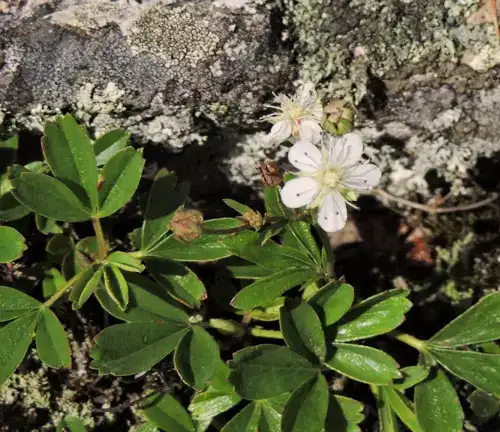
Woodland Elegance
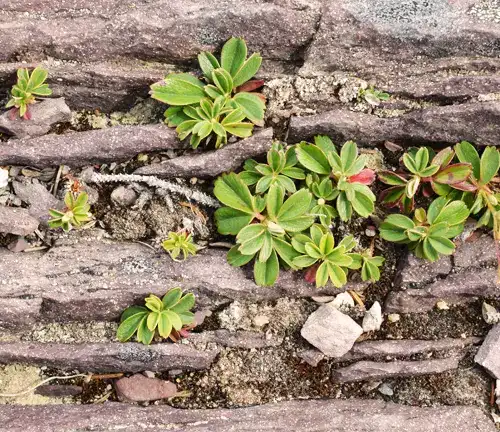
In the tranquil realm of woodlands and alpine habitats, Three-toothed Cinquefoil reigns as a symbol of understated elegance. Its modest size allows it to blend seamlessly with the wild landscape. The plant forms gentle undulations of green, as if paying homage to the natural world it calls home. Delicate and solitary, its blossoms, with their pristine white and pale pink hues, instill an unobtrusive grace in the woods. Three-toothed Cinquefoil becomes a whispered secret, shared only with those who choose to explore and appreciate the delicate ecosystems it graces.
Ecological Importance
The allure of Three-toothed Cinquefoil extends far beyond its visual appeal. This unassuming herbaceous perennial plays a vital role in its ecosystem, serving as both host and nourishment for various wildlife and pollinators. Bees and butterflies are drawn to its dainty blossoms, ensuring the continuity of these essential creatures within the local ecological framework. Moreover, its resilience in the harsh alpine conditions serves as a source of inspiration for researchers and conservationists. It raises questions about the adaptability of life in high-altitude environments and the interconnectedness of nature.
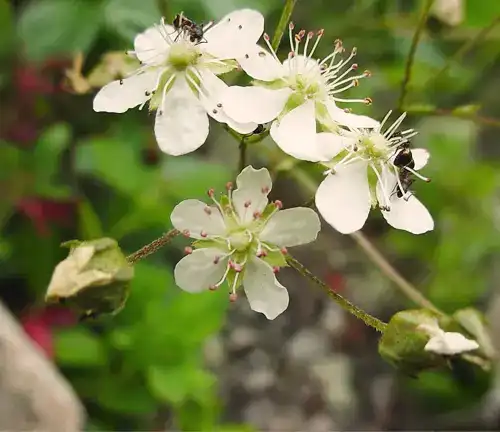
Cultivation and Conservation

Cultivating the Three-toothed Cinquefoil in gardens is a reflection of appreciation for its natural charm. The key to success lies in mimicking its native habitat, with well-drained soil and appropriate exposure to sunlight. Conservation efforts are essential for preserving this enchanting species. Habitat loss and changing environmental conditions pose a threat to its survival, and it falls upon us to safeguard this emblem of delicate beauty for future generations.
Fragrance
While Three-toothed Cinquefoil enchants with its visual beauty, it does not offer a notable fragrance. Its appeal rests in its elegant appearance and the ecological role it plays.
Soil Stabilization
Beyond its aesthetic contributions, the Three-toothed Cinquefoil offers an invaluable service to the environment: soil stabilization. Its intricate root system serves to bind and secure the soil, effectively preventing erosion in rocky slopes and alpine meadows. This often-overlooked characteristic underscores its ecological significance.
Common Uses
Though not widely employed for culinary or medicinal purposes, the Three-toothed Cinquefoil is a favorite among wildflower enthusiasts and native plant gardeners. Its adaptability to alpine and woodland gardens makes it a charming addition to any natural landscape.
Benefits
The Three-toothed Cinquefoil, with its grace, resilience, and ecological significance, contributes to the world’s biodiversity and environmental well-being. It reminds us of the vital interplay of all living organisms and the remarkable beauty that can be found in the unassuming corners of nature. As we admire its delicate beauty, let’s also recognize its role in sustaining the intricate tapestry of life on our planet.
Different Species
Potentilla argentea
(Silvery Cinquefoil)
This species is known for its silvery-gray leaves and can be found in various habitats, including meadows and rocky slopes.

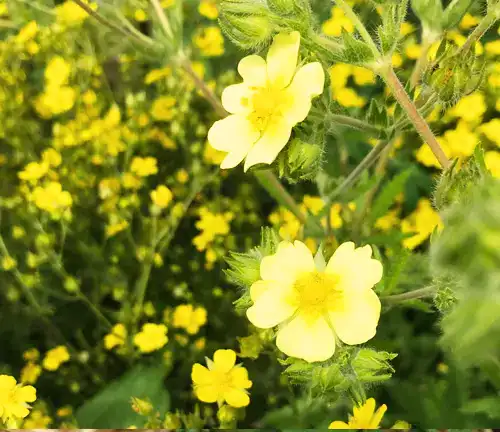
Potentilla recta
(Sulfur Cinquefoil)
Recognized by its bright yellow flowers, Sulfur Cinquefoil is a widespread species that can be found in North America and Eurasia.
Potentilla simplex
(Common Cinquefoil)
This species has bright yellow flowers and can be found in a wide range of habitats, including grasslands and open woodlands.

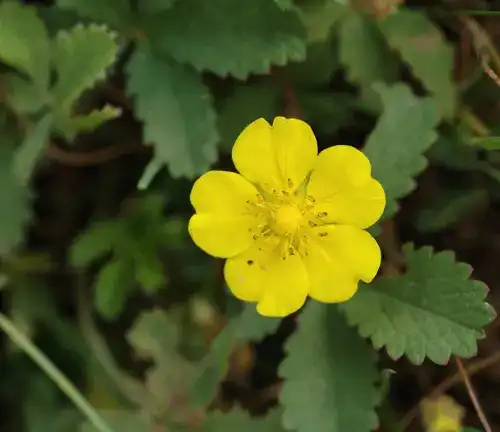
Potentilla reptans
(Creeping Cinquefoil)
Unlike the erect growth of Three-toothed Cinquefoil, Creeping Cinquefoil has a prostrate or creeping growth habit. It’s often found in grassy areas and along stream banks.
Potentilla anserina
(Silverweed Cinquefoil)
This species is known for its silvery-gray leaves and is often found in wetlands and along shorelines.
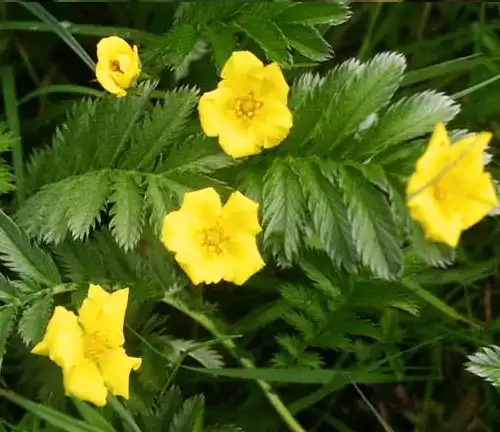
Frequently Asked Questions (FAQs)
- What is Three-toothed Cinquefoil (Potentilla tridentata)?
Three-toothed Cinquefoil, scientifically known as Potentilla tridentata, is a small perennial herbaceous plant native to North America, celebrated for its charming appearance. - Where can Three-toothed Cinquefoil be found in the wild?
This plant can be found in a variety of natural habitats, including alpine meadows, rocky slopes, and woodlands, often in high-altitude environments. - Why is it called “Three-toothed” Cinquefoil?
The common name is derived from its trifoliate leaves, each typically featuring three serrated leaflets, resembling tiny teeth. - What is the ecological significance of Three-toothed Cinquefoil?
It provides habitat and sustenance for various wildlife and pollinators, and its root system helps prevent soil erosion, especially on rocky slopes. - Is Three-toothed Cinquefoil suitable for home gardens?
Yes, it can be a lovely addition to alpine and woodland gardens, contributing to the natural beauty of cultivated landscapes. - How can Three-toothed Cinquefoil be cultivated in gardens?
Successful cultivation typically involves mimicking its native high-altitude habitat with well-drained soil and proper exposure to sunlight. - What are its common uses?
Three-toothed Cinquefoil is primarily used as an ornamental plant in gardens to enhance their natural charm. - Does Three-toothed Cinquefoil have any medicinal or culinary uses?
It is not widely known for such uses and is primarily valued for its aesthetic appeal and ecological importance. - How can one support the conservation of Three-toothed Cinquefoil?
Support local conservation efforts, protect natural habitats, and help prevent the destruction of its native environment. - Are there different species of Three-toothed Cinquefoil (Potentilla tridentata)?
No, Three-toothed Cinquefoil, or Potentilla tridentata, refers to a specific species, and it is not a term for multiple species. There are, however, different species within the Potentilla genus.



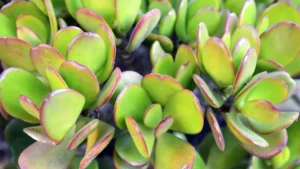

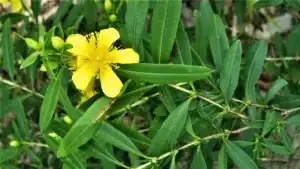
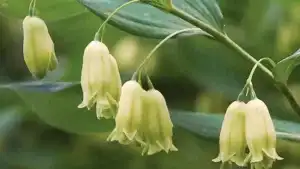
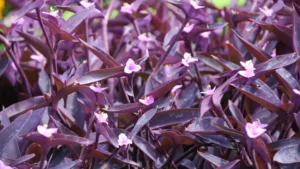
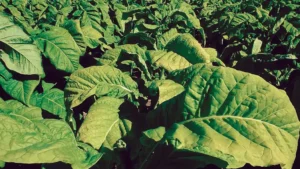
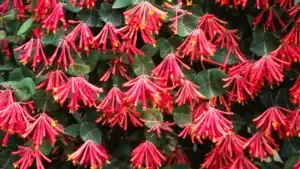
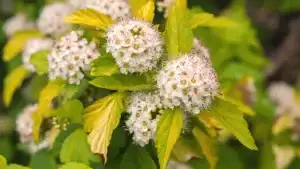



Leave your comment